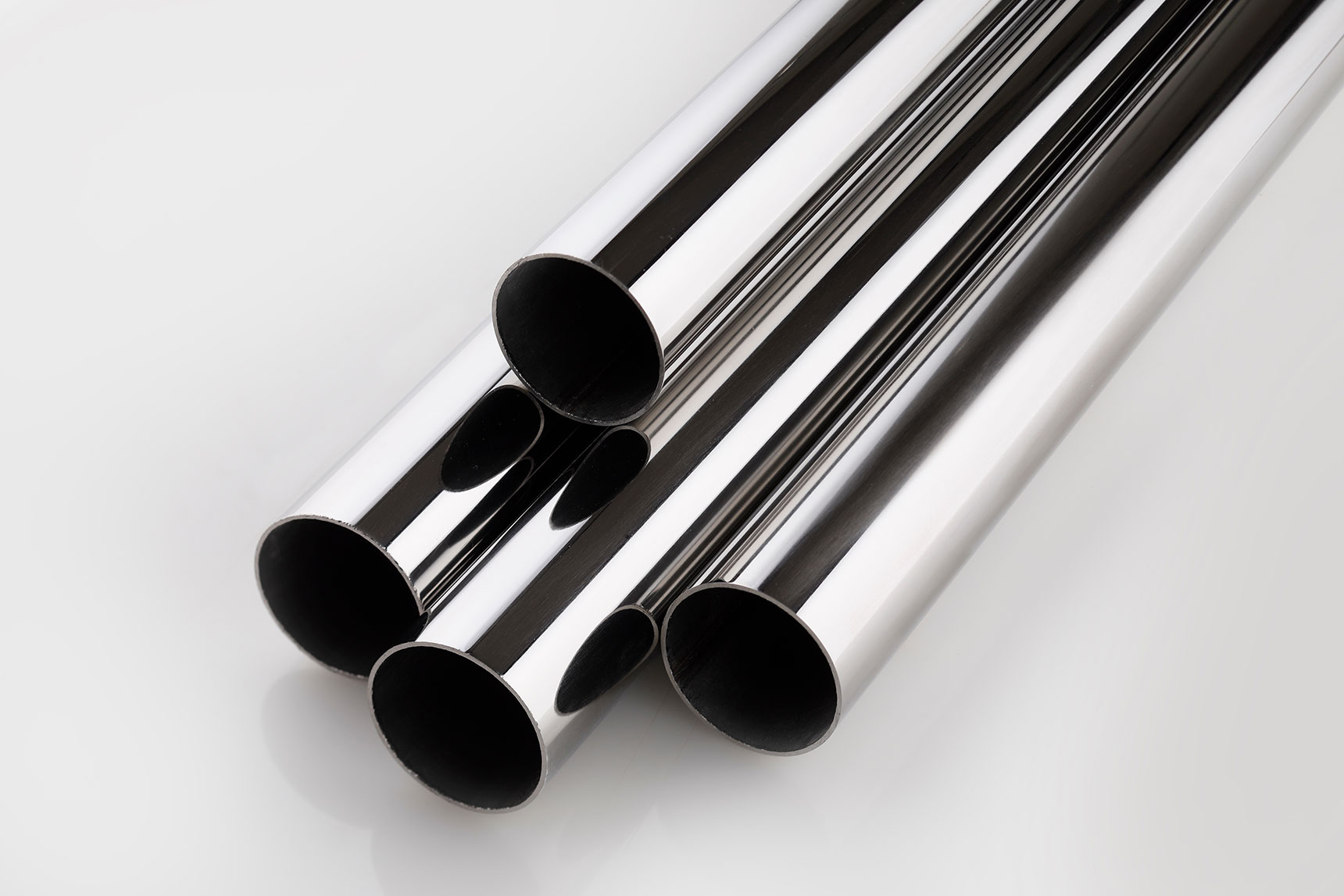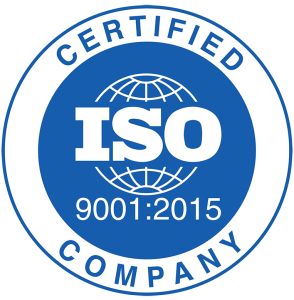Our goal is to offer a broad selection of ERW tubes to satisfy as many needs as we can. One of the options in our inventory is galvanised tubing. Galvanisation, or galvanising, is a finishing procedure. Here, you apply a coating of zinc to the likes of steel to provide protection and stop rusting.
Galvanised steel is among the most popular variants thanks to its excellent durability. It possesses the formability and strength you expect as well as the corrosion protection of the zinc coating. Moreover, the coating’s sacrificial nature leads to high quality and long lasting items. Its versatility makes it applicable to all sorts of projects and industries too. Examples include construction, automotive, solar, and agriculture.
Several processes
There are several galvanisation processes you could use. They are what we want to focus on here so you know more about how they work.
Hot-dip galvanising
 This is pretty much what the name suggests. You dip the steel in a molten pool of zinc that is at a temperature of roughly 460ºC (860ºF). The molten bath forms a metallurgical bond between the receiving metal and zinc. After you pull the metal from the bath, it reacts to encountering the atmosphere. The pure metal merges with the oxygen to generate zinc oxide. That oxide reacts further with the carbon dioxide and creates zinc carbonate. What this does is make up the last protective coating on the material.
This is pretty much what the name suggests. You dip the steel in a molten pool of zinc that is at a temperature of roughly 460ºC (860ºF). The molten bath forms a metallurgical bond between the receiving metal and zinc. After you pull the metal from the bath, it reacts to encountering the atmosphere. The pure metal merges with the oxygen to generate zinc oxide. That oxide reacts further with the carbon dioxide and creates zinc carbonate. What this does is make up the last protective coating on the material.
If you’re looking for the tell-tale sign of hot-dipped galvanised materials, it is a crystalline-like pattern on the exterior. The approach is an economical one that you can execute swiftly on simple and complex shapes. In addition, you can work and machine after coating.
You are able to use galvanised steel in high temperature projects up to 392ºF. However, should you use it with applications surpassing this level, the zinc will peel off. If you’re in the market for some ERW tubes, let us know.
Galvannealing
Next is a process of merging the annealing with the hot-dip galvanising procedure. The base metal gets a coating through the hot dip procedure. Next, it is heated to induce alloying between the steel and molten zinc. The resulting finish will be a dull matte. You can then paint this with ease. That gives it an advantage over standard galvanisation if you need painting.
Pre-galvanising
What we have here is another method like hot-dip galvanising. Except, you do it at the first stage of production. It consists of rolling sheet metal through a cleaning agent to rapidly prime materials. Then, the metal gets passed through a pool of molten liquid zinc. It is then immediately recoiled.
The main benefit to this technique is that you can galvanise coils of steel sheet quickly on a massive scale. There is also a more unified coating here if you compare to the classic hot-dip approach.
Electro-galvanising
What we have here is the most distinct of the methods we’ve mentioned. It does not consist of dipping the item in a molten vat of zinc. Rather, you introduce an electric current to an electrolyte solution that is applied to the steel. What you end up with is zinc depositing on the steel.
We’ll get you the ERW tubes you need
At Union Steel Tubes, we make sure that everyone has access to the tubing they need. For those that have corrosion concerns, galvanisation is something to consider. It can help your tube last longer in damaging environments.
We are proud to offer exceptional ERW tubes for a variety of needs. So, if there is something we can help you with, please talk to our team.



